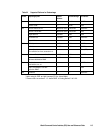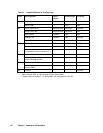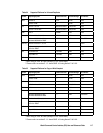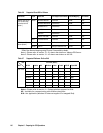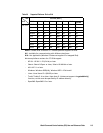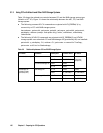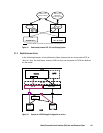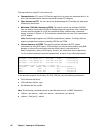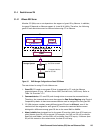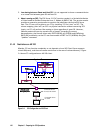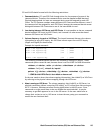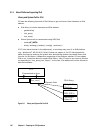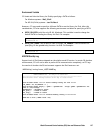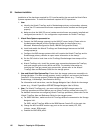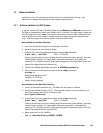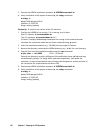
Hitachi Command Control Interface (CCI) User and Reference Guide 123
3.1.4 Restrictions on VM
3.1.4.1 VMware ESX Server
Whether CCI (RM) runs or not depends on the support of guest OS by VMware. In addition,
the guest OS depends on VMware support of virtual H/W (HBA). Therefore, the following
guest OS and restrictions must be followed when using CCI on VMware.
Server
Hitachi RAID
Storage System
CCI#1 CCI#2
Guest OS
-CM
HBA
VMware ESX Server
CCI#3
Guest OS
-CM
Command device
for CCI #1 and #2
Command device
for CCI #3
Figure 3.3 RAID Manager Configuration on Guest OS/VMware
The restrictions for using CCI with VMware are:
1. Guest OS. CCI needs to use guest OS that is supported by CCI, and also VMware
supported guest OS (e.g., Windows Server 2003, Red Hat Linux, SuSE Linux). Refer to
Table 3.6 in section 3.1.1.
2. Command device. CCI uses SCSI path-through driver to access the command device.
Therefore, the command d
evice must be mapped as Raw Device Mapping using Physical
Compatibility Mode. At least one command device must be assigned for each guest OS.
3. CCI (RM) instance numbers among different guest OS must be different, even if the
command will be assigned for each guest OS, because the command device cannot
distinguish a difference among guest OS due to the same WWN as VMHBA.
4. About invisible Lun. Assigned Lun for the guest OS must be visible from SCSI Inquiry on
when VMware (host OS) will be started. For example, the SVOL on VSS will be used as
Read Only and Hidden, and this SVOL will be hidden from SCSI Inquiry. If VMware (host
OS) will be started on this volume state, the host OS will hang.



